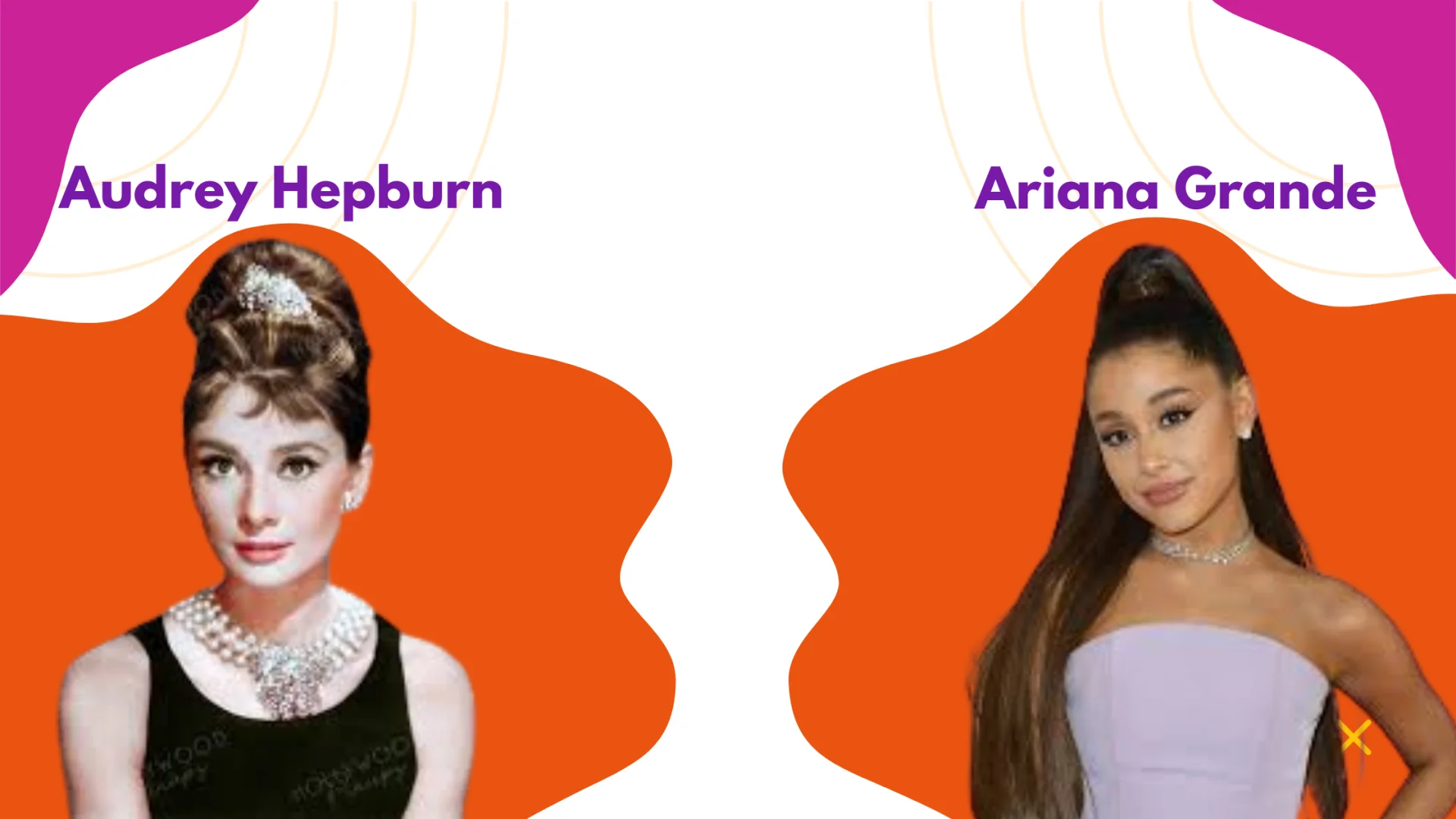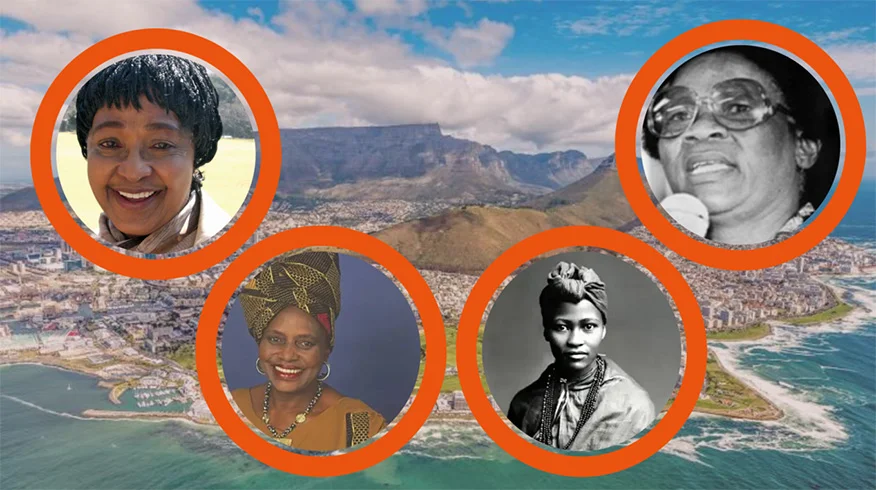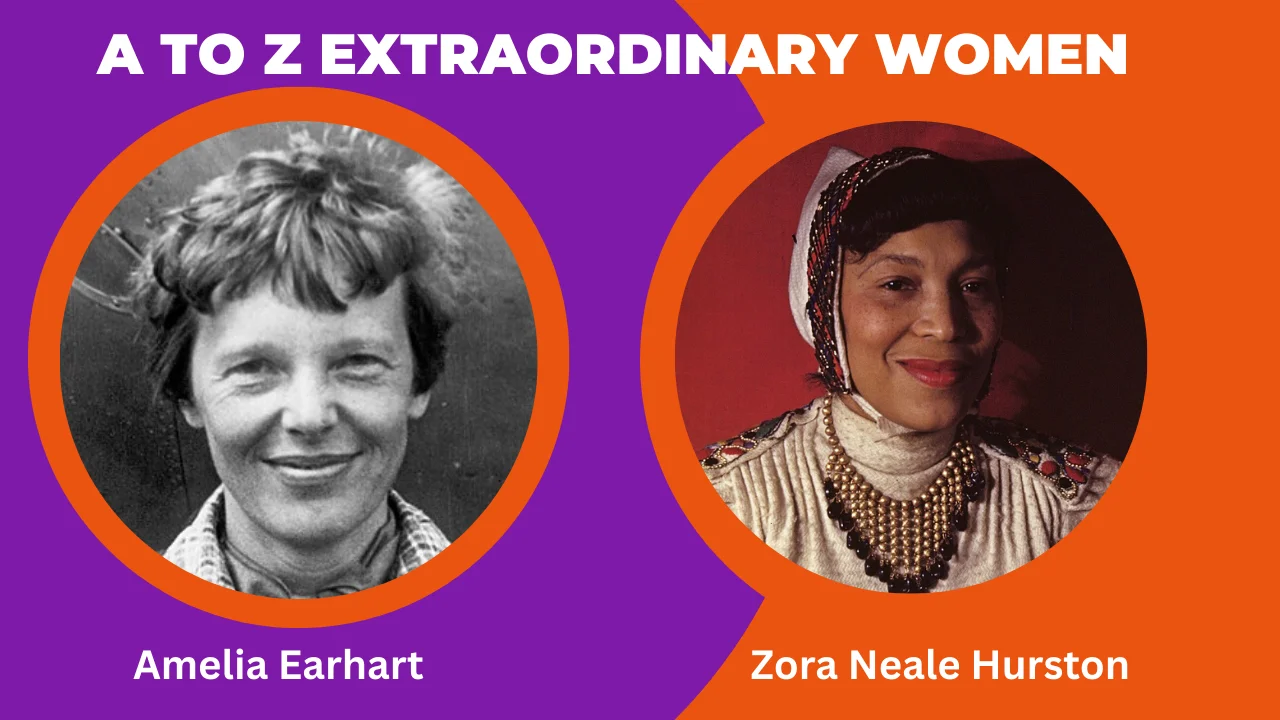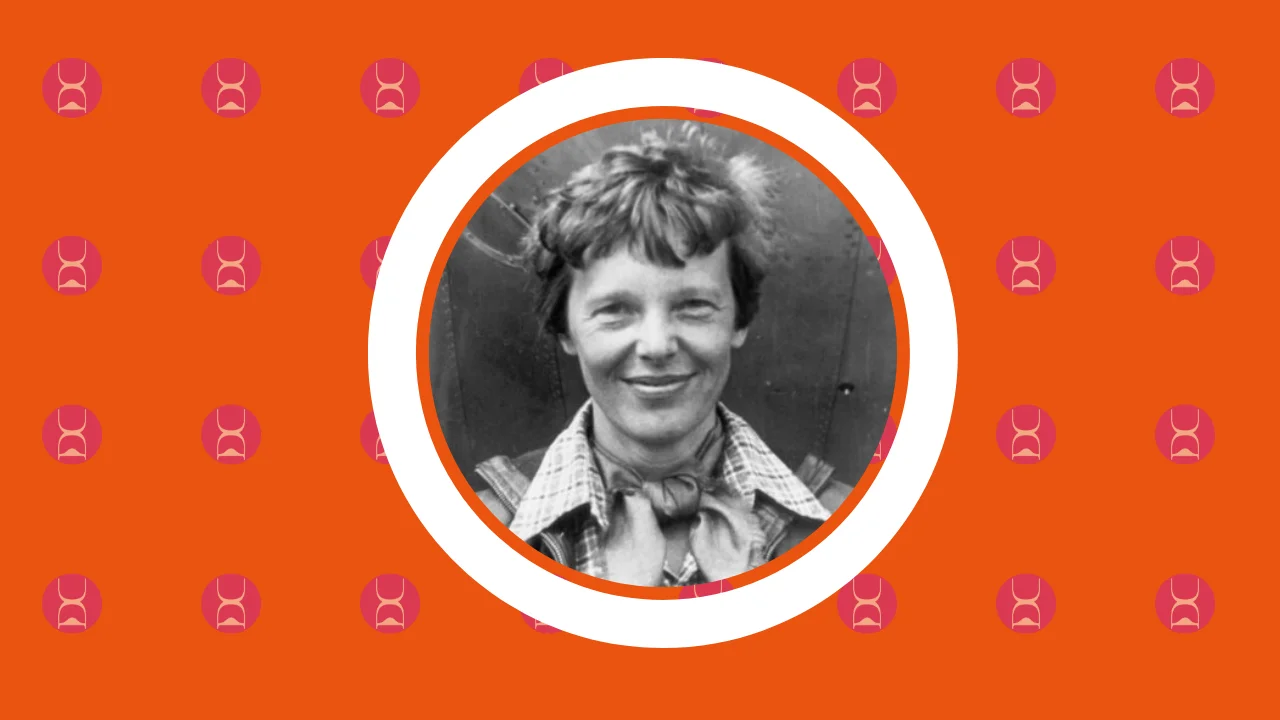Anne Sullivan: A Story of Perseverance and Teaching Genius
04 Mar 2025
Featured
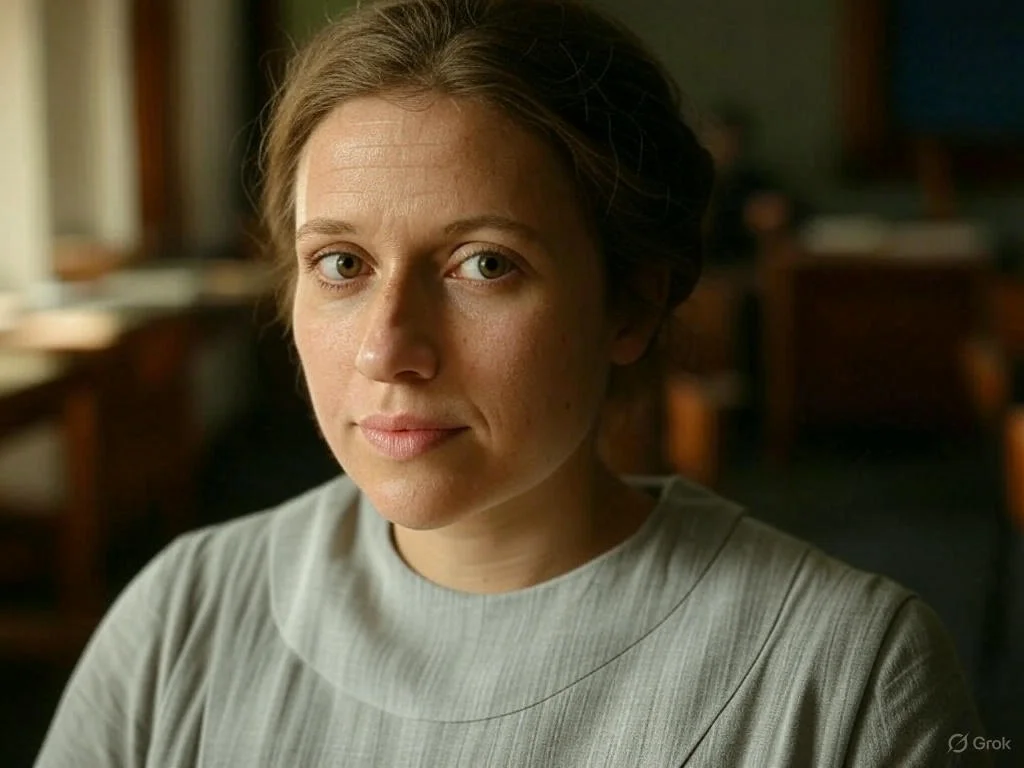
The world is incomplete without teachers, you do agree, right? Teachers are best known to be value impactors and positive change makers. Anne Sullivan is one of the impactful teachers who impacted lives positively with her teaching skills and gift.
Anne Sullivan was an American teacher popularly known for being an instructor and lifelong companion of Helen Keller.
Growing up, Anne Sullivan experienced and contracted trachoma, an eye disease, which left her partially blind and without reading or writing skills. But despite this ugly situation, Sullivan conquered her life challenges and still made an impact (s) during her lifetime.
Anne Sullivan was born on 14 April 1866 in Feeding Hills, Agawam, Massachusetts, United States. Sullivan was the eldest child of Thomas and Alice (Cloesy) Sullivan, who had emigrated from Ireland to the United States during the Great Famine.
Sullivan’s childhood was a challenging one. At the age of five, she contracted a bacterial eye disease, trachoma, which caused her to become partially blind.
“I cannot explain it, but when difficulties arise. I am not perplexed or doubtful. I know how to meet them.”- Anne Sullivan.
At the age of eight, Sullivan lost her mother to tuberculosis. Two years after the incident, her father abandoned Anne and her younger siblings because he feared he could not raise them on his own.
As a result of their father abandoning them, Sullivan and her younger brother were sent to the run-down and overcrowded almshouse in Tewksbury, Massachusetts. Their younger sister, Mary, was left in the care of an aunt.
While at the almshouse in Tewksbury, Jimmie, Anne’s younger brother, had a weak hip condition and died from tuberculosis four months into their stay. After his death, Sullivan stayed back and endured two unsuccessful eye operations.
Even after having unsuccessful eye operations during her stay in Tewksbury, Sullivan later had two extra unsuccessful eye operations. The first operation was in Lowell, Massachusetts, when she was sent to the Soeurs de la Charité hospital.
After the operation, Sullivan stayed back to assist the nuns in the hospital and ran errands in the community. Sullivan had the second unsuccessful operation when she was sent to the city infirmary.
After this one, she was transferred back to Tewksbury, where she stayed with single mothers and unmarried pregnant women instead of the facility for the predominantly ill and insane patients.
Sullivan later managed to implore Franklin Benjamin Sanborn to allow her to get admitted to the Perkins School for the Blind, and within a matter of months, he granted her plea.
Sullivan started schooling at the Perkins School for the Blind in 1880. She had difficulties settling down in the school due to her rough manners, but along the way, she gradually connected with a few teachers and made progress with her learning.
To get much better at her studies, Sullivan befriended Laura Bridgman, a graduate of Perkins and the first blind and deaf person to go to school there. Sullivan learnt how to read the manual alphabet from Laura Bridgman.
At the Perkins School, Sullivan had several eye operations that significantly improved her vision.
Sullivan graduated from the Perkins School for the Blind at 20 in 1886. As the valedictorian of her class, she made this statement;
“Fellow graduates: Duty bids us go forth into active life. Let us go cheerfully, hopefully, and earnestly, and set ourselves to find our special part. When we have found it, willingly and faithfully perform it; for every obstacle we overcome, every success we achieve tends to bring man closer to God and make life more as He would have it.”
The summer after Sullivan had graduated, the director of Perkins School for the Blind, Michael Anagnos, was contacted by Arthur Keller, Helen Keller’s father, who was searching for a teacher for his seven-year-old blind and deaf daughter. Anagnos recommended Sullivan for this position without hesitation. Sullivan began her work on 3 March 1887 at the Kellers’ home in Alabama.
Lesson 1: Tenacity and Perseverance- Young Sullivan was committed to teaching and nurturing Keller despite her challenging situations of being blind and deaf. She wholeheartedly accepted to become her teacher. Even though the journey and responsibility were not smooth, she never gave up.
To have a better teacher/student relationship, Sullivan quickly connected with Helen Keller. And this was the start of their 49-year relationship. While working with the Kellers, Sullivan evolved from teacher to governess to companion and friend.
As Keller’s teacher, Sullivan had a curriculum involving a strict schedule that made her constantly introduce new vocabulary to Keller. However, she quickly changed her teaching method after seeing it did not suit Keller.
Lesson 2: Discipline with empathy – Sullivan tried her best to discipline whenever she was wrong, but she was also empathetic to understand Keller better and correct and guide her the right way, which yielded positive results in Keller’s life journey.
To assist Keller in learning better and more effectively, Sullivan decided to teach Keller vocabulary based on her interest by spelling each word into Keller’s hand. After six months of using this method, Keller immensely improved.
“Children require guidance and sympathy far more than instructions”- Anne Sullivan.
Lesson 3: Compassion and Service – Sullivan was compassionate and committed to helping Keller maximize her potential. And this was something Sullivan did all heart. She also ensured that Keller kept getting better.
[Anne Sullivan Memorial in Feeding Hills, Massachusetts.]
After homeschooling Keller for a while and seeing her improve, Sullivan urged and encouraged Keller’s parents to send her to the Perkins School for an appropriate education. With their approval and agreement, Sullivan took Keller to Boston in 1888 and stayed there with her.
Even while Keller was schooling at the Perkins School, Sullivan continued to teach her until she became bright and famous for her remarkable progress. Keller’s remarkable progress got the attention of the school’s director, Anagnos, who made Keller a public symbol for the school, helping the school increase its funding and donations and making it the most famous and sought-after school for blind people in the country.
Over the years, Sullivan remained close to Keller, being each other’s companion and assisting her with education.
[Helen Keller and Anne Sullivan vacationing at Cape Cod in July 1888]
Later, in 1916, Sullivan and Keller shared a stage at the Mabel Tainter Memorial Building in Menomonie, Wisconsin, when they went on a lecture tour under the auspices of the Y.W.C.A.
Anne Sullivan married Harvard University instructor and literary critic John Albert Macy. Macy had helped Keller with her publications. Although, at the time of her marriage, Keller was already living with Sullivan. So, Macy had to move in with both women.
A few years into the marriage, things started disintegrating between the couple. They separated in 1914. Macy later died in 1932 after suffering from a heart attack. Sullivan remained unmarried.
Later in life, at the age of 35, Sullivan suffered from a stroke that left her to become completely blind. By October 1936, She had a coronary thrombosis, fell into a coma, and died five days later at the age of 70 in the Forest Hills neighborhood of Queens, New York, with Keller holding her hand. Sullivan was cremated. Her ashes were interred in a memorial at the National Cathedral in Washington, D.C.
During her lifetime, Sullivan won numerous awards, but with Keller mostly. Some of these awards include;
- Honorary fellowships from the Educational Institute of Scotland.
- Honorary degrees from Temple University
Sullivan was inducted into the National Women’s Hall of Fame in 2003.
To learn more about Anne Sullivan, you can read this book written by Kim E. Nielsen – Beyond the Miracle Worker: The Remarkable Life of Anne Sullivan Macy and Her Extraordinary Friendship with Helen Keller.
Reference
- Anne Sullivan – Wikipedia
- Anne Sullivan Found ‘the Fire of a Purpose’ Through Teaching Helen Keller (biography.com)
- TOP 25 QUOTES BY ANNE SULLIVAN MACY | A-Z Quotes (azquotes.com)
- https://docs.google.com/document/d/1uJo4hg1kRDx0lqSwufZfNWo2taFzXd-WllovQ7eWQtk/edit?usp=drivesdk
- https://docs.google.com/document/d/1yvCct8K_56PwVuvquHJc6giCXTDTjAgZuZru9h4lOu8/edit?usp=drivesdk
Tags
Women
Inspiring
Latest Posts
Tags
- Women27
- Scientist9
- Author6
- Inventor3
- Nobel3
- Singer3
- Actor2
- Activist2
- Physicist2
